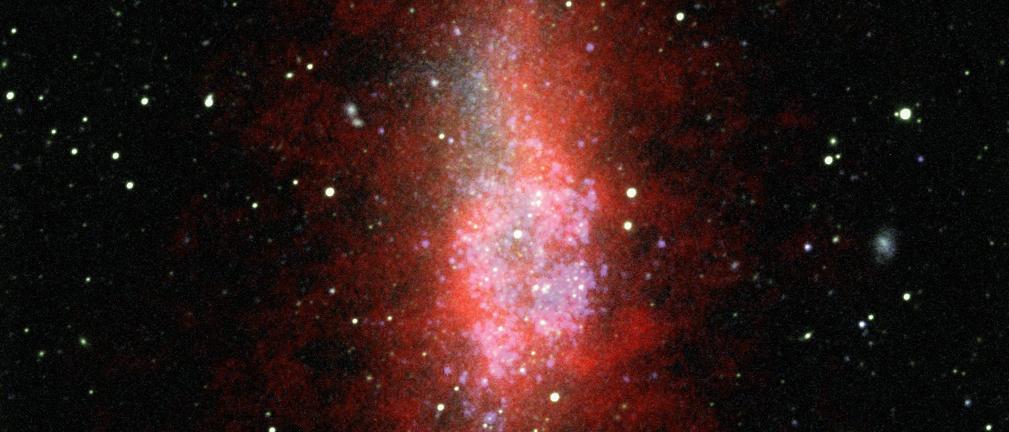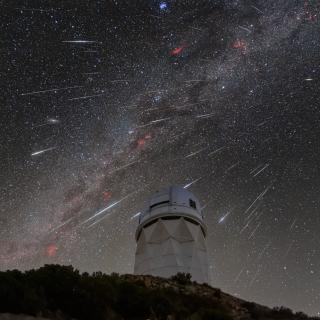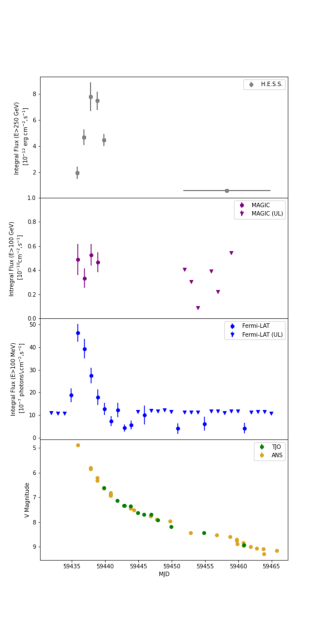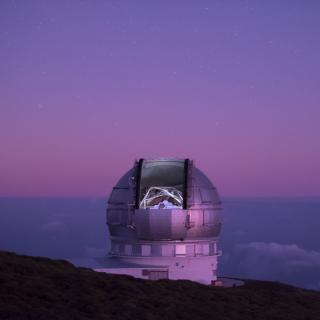However, very little is known about its nature, which constitutes one of the greatest unsolved problems in contemporary physics. The fuzzy dark matter model has recently been studied as a promising candidate. In this model, it is postulated that dark matter is composed of particles called axions, which due to their very low mass behave like waves. This is similar to the way photons behave with light, but on much larger scales, with wavelengths on galactic scales of thousands of light years.
A peculiar characteristic of these particles is that, due to their wave nature, the formation of galactic structure below a scale determined by the wavelength is suppressed, which prevents the formation of low-mass satellite galaxies in the Local Group. Another feature of these particles is that they condense in galactic centers, forming regions of approximately constant density called cores. Both of these features are considered promising due to tensions with the existing cold dark matter model, which predicts an excess of satellite galaxies and denser, more pronounced galactic centers when compared to observations.
To test the model, we have analyzed rotation curves that trace the dark matter profile of some isolated low-mass galaxies with very high-quality data from the LITTLE THINGS catalog. During our analysis, we have verified that the fuzzy dark matter model shows excellent agreement with the data, but nevertheless shows inconsistencies with the characteristics of the halos predicted by simulations, such as the relationship between the size and mass of the cores. An even more significant finding in our study is that the axionic masses needed to reproduce the data are inconsistent with structure formation in the Local Group, since the model cannot explain the existence of dwarf galaxies like the ones we have studied.
We conclude that our analysis disfavors the viability of the model and that, although it is not yet known which will be the winning candidate that explains the nature of this substance, studies such as this one establish fundamental limits regarding its properties and therefore serve to clarify that which it is not.



